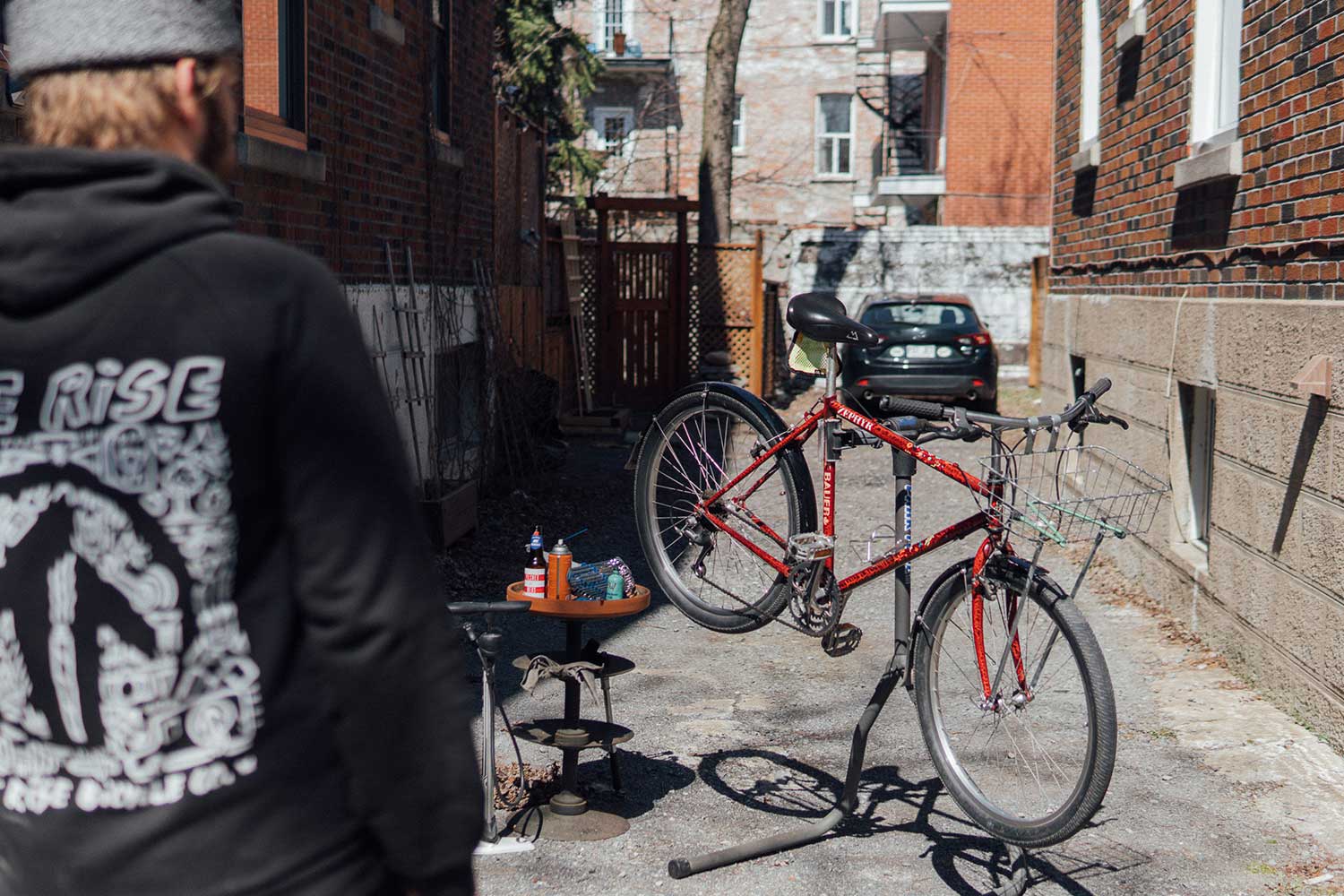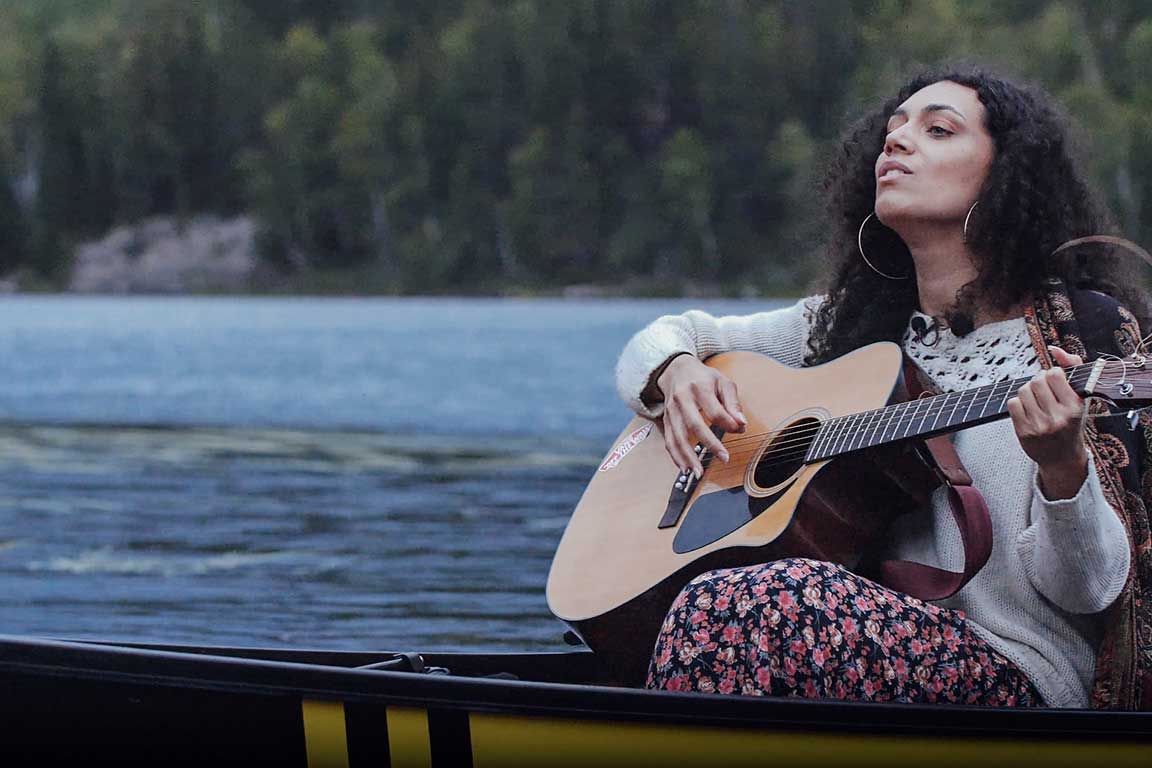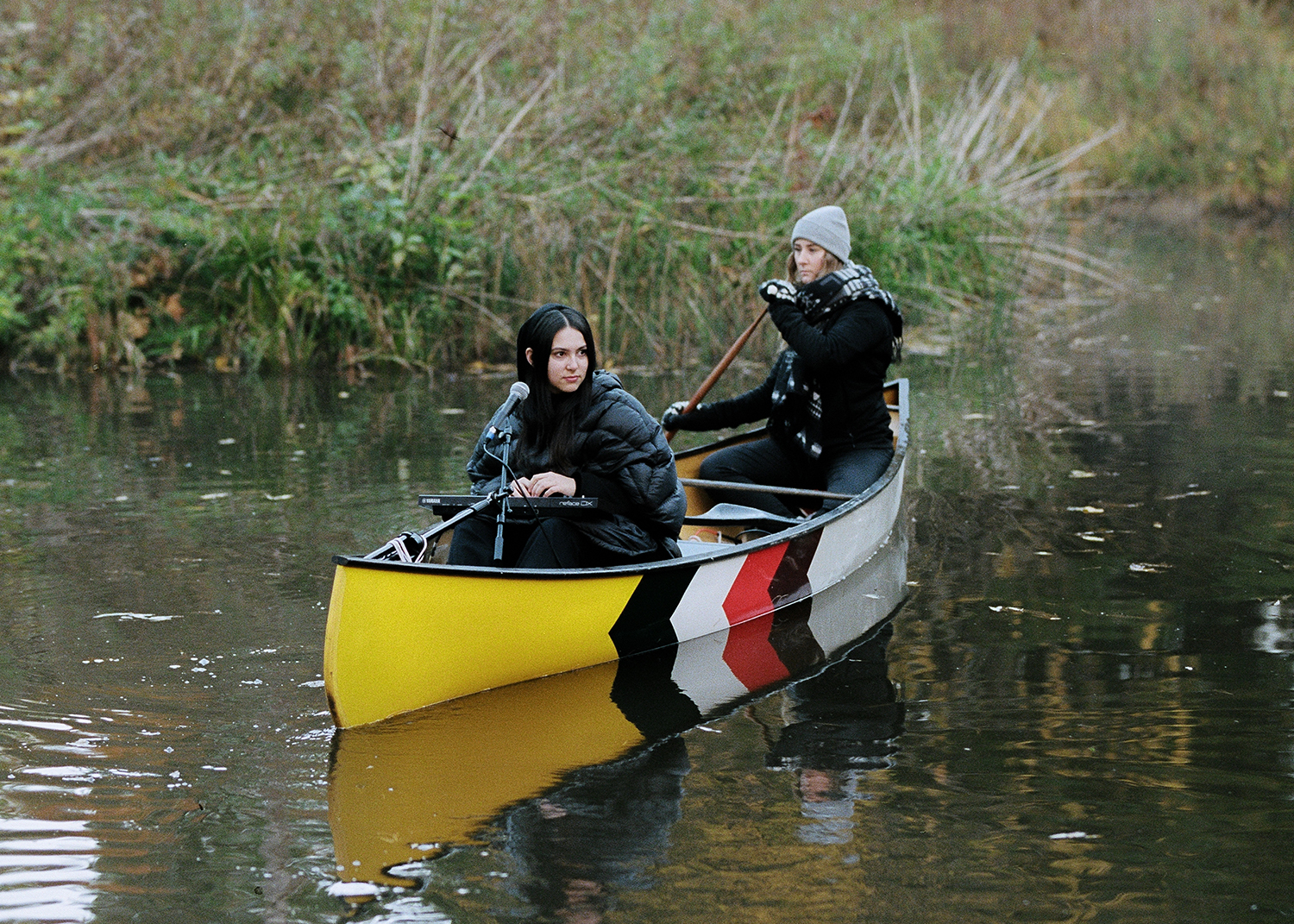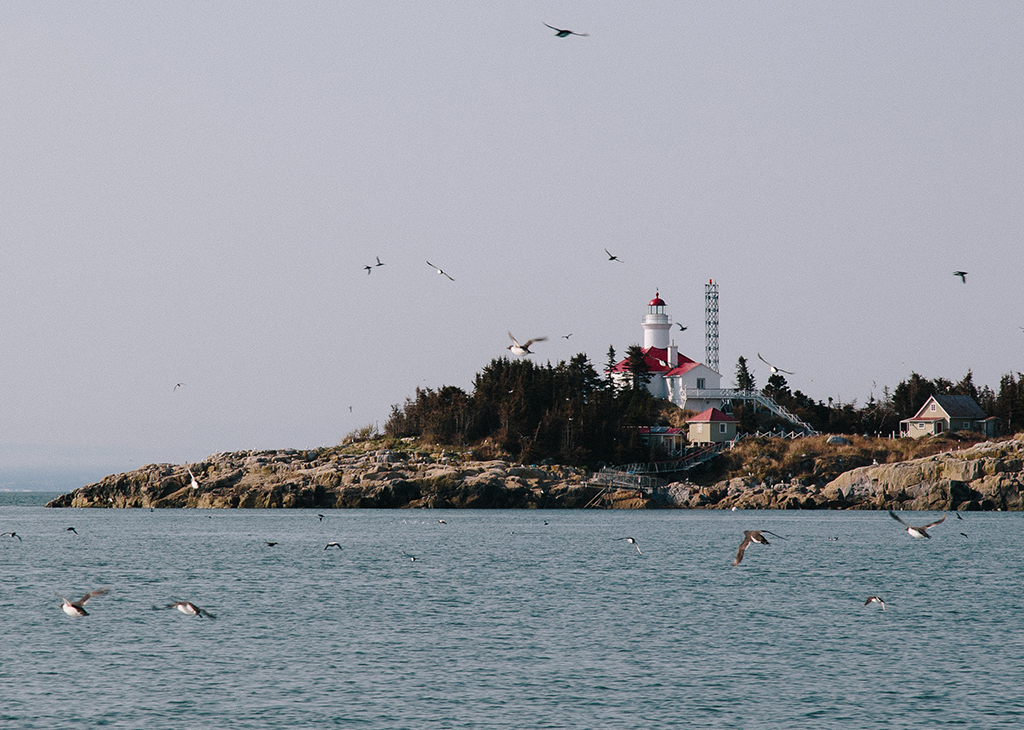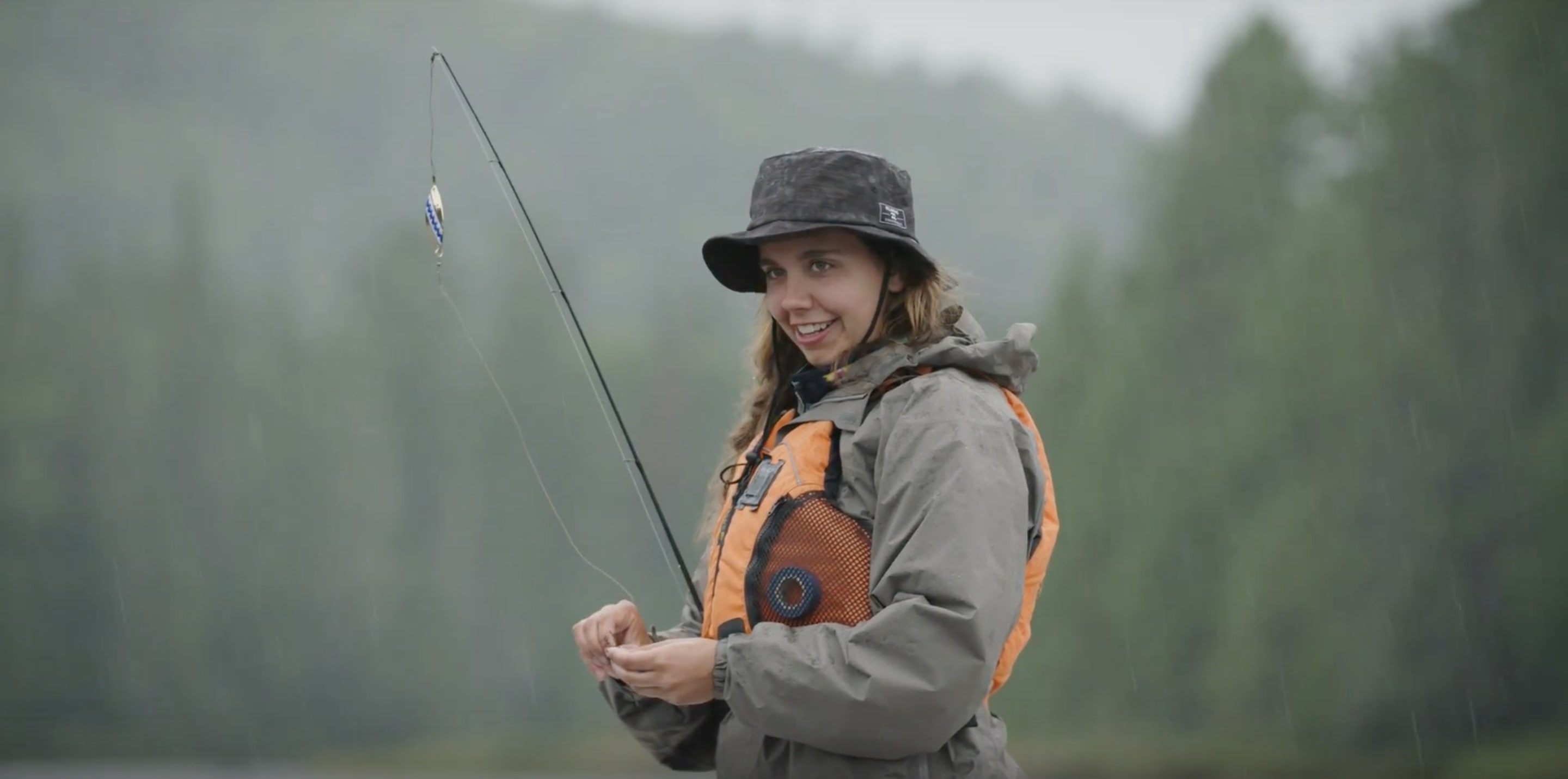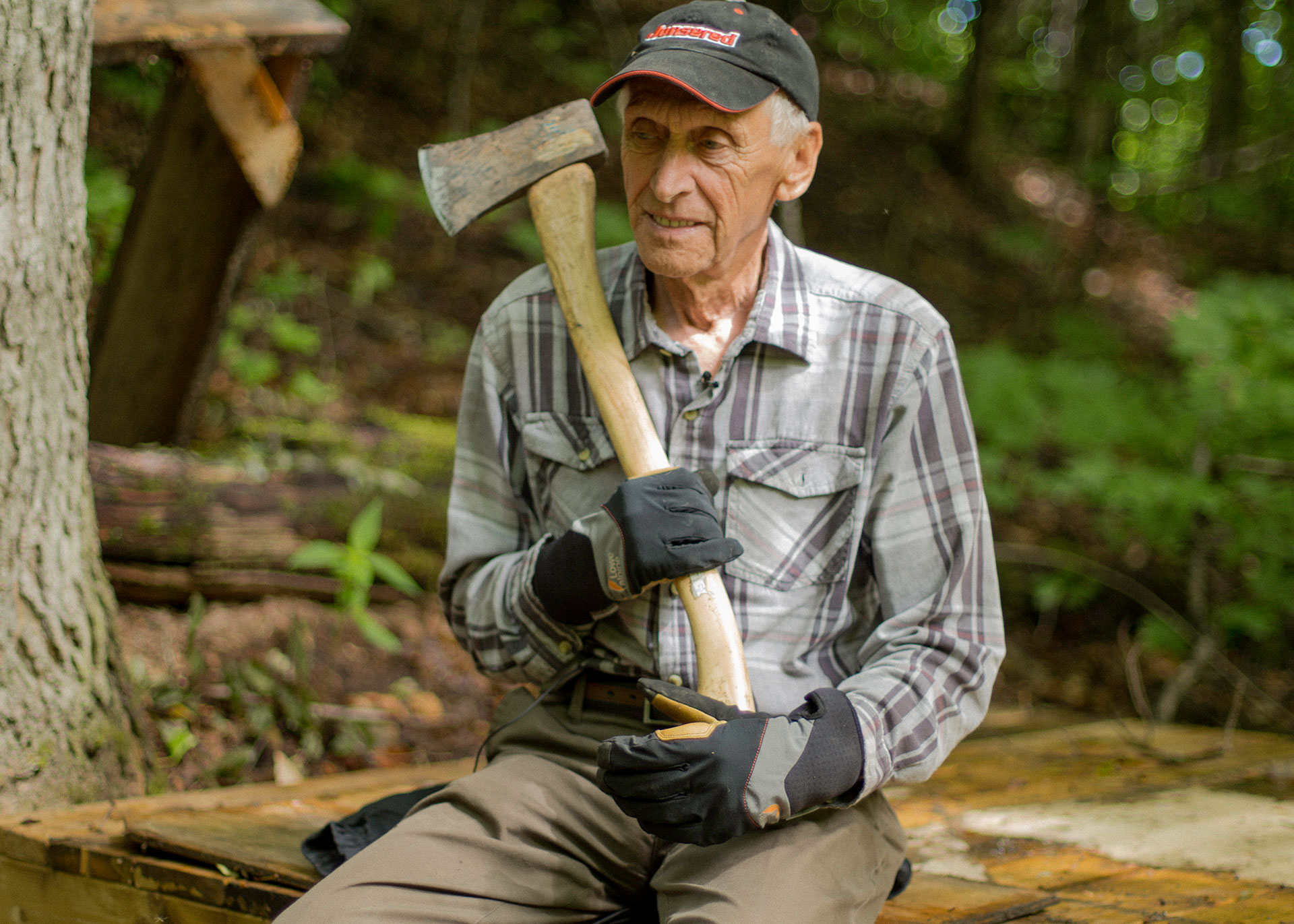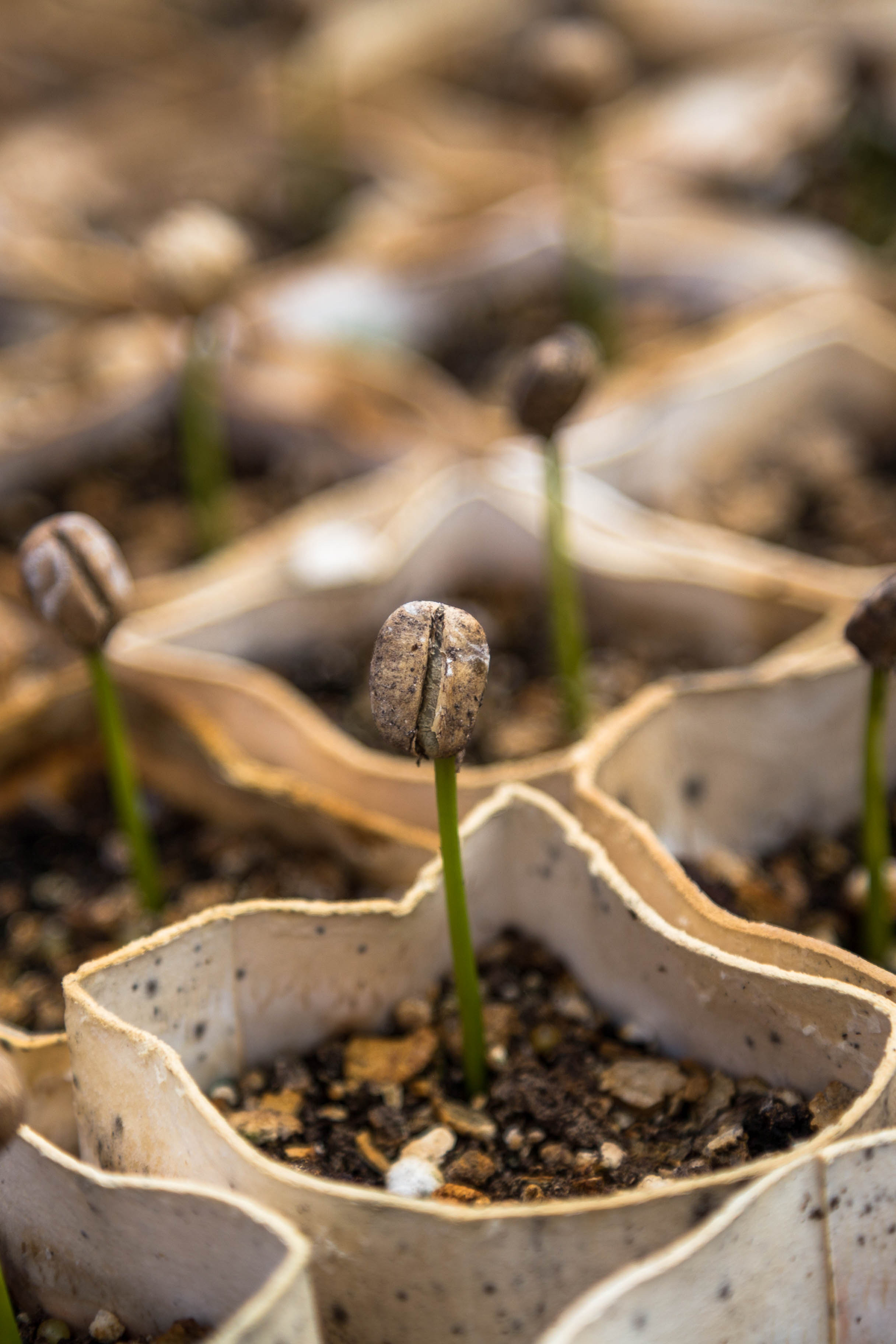Manifestos
No Going Back
The fantasy and the reality of back-to-basics living.
When I was 17, I picked up a book on a whim in an airport bookstore. It was called The Last American Man, by Elizabeth Gilbert. I opened to the first page and read these lines:
By the time Eustace Conway was seven years old, he could throw a knife accurately enough to nail a chipmunk to a tree. By the time he was 10, he could hit a running squirrel at 50 feet with a bow and arrow. When he turned 12, he went out into the woods, alone and empty-handed, built himself a shelter, and survived off the land for a week. When he turned seventeen, he moved out of his family’s home altogether and headed into the mountains, where he lived in a teepee of his own design, made fire by rubbing two sticks together, bathed in icy streams, and dressed in the skins of the animals he had hunted and eaten.
This move occurred in 1977, by the way. The same year the film Star Wars was released.
Conway continued sleeping in a teepee for many years, until he built a log cabin and developed what he calls a “primitive farm” on the 1,000-acre spread of land he owns in the foothills of North Carolina. He then opened a summer camp for children and adults, and added an apprenticeship program so that young men and women could learn to live like him. His purpose was explicitly missionary: he wanted to convince people to steer their lives, to whatever degree possible, away from the soul-and soil-poisoning tedium of modernity, back to a time when life was pure and simple. Again and again throughout the book, normal folks meet Conway and gush, “I wish I could do what you’re doing.” To which he invariably replies, “You can.”
As a teenager living in the suburbs of Chicago, I was smitten. Here, it seemed, was a man who had found harmony with the earth by returning to the roots of things. His critique of consumerism slotted neatly in with my nascent political leanings, and his solution seemed attainable. I fantasized about one day completing his two-year-long apprenticeship program, learning his ways, and then buying a plot of land and living like him, an independent human animal welded tightly to the earth.
Even then, part of me knew I was too restless, too intellectually hungry, and too clumsy at manual labour for that kind of life. But still, the itch remained. So in my early twenties, I made a trip down south to work on his farm for four days, as a kind of trial run.
Conway greeted me outside his house with a crinkly-eyed smile. He looked older than his photo on the book jacket, his long hair threaded through with steel wool. His farm, nested deep in a second-growth forest, was mostly barebones and ancient-seeming—on the drive in, I saw a muddy horse pasture, a large blacksmith shop, a sweat lodge. But I also spotted unexpected signs of modernity, including a hillside covered with more than 50 pickup trucks, two dump trucks, and a bright yellow backhoe.
During the days that I spent with him, I became disenchanted with Conway’s way of life—which fell somewhere between Pennsylvania Amish and West Virginia hill person—but I also began to understand his need for these modern labour-saving tools. One day I watched him use the backhoe to install a row of fence-posts, which saved us hours of sledgehammering. Afterward, he explained his rationale. “The thing about me using the back hoe,” he said, “is that I have lived a long time without it. This road that we’re on right now, I built with one horse and a box sled, going down and picking up rocks by myself, with my hands, dragging them up here and filling in the road base.” He paused and looked me hard in the eyes, to see if I understood what toll this kind of work takes on a body.
“People see me using a chainsaw,” he went on, “and they say, ‘Aww, you’re cheating!’ And it’s like, ‘Man, I was never playing a game!’ I need firewood, because I am heating and cooking with firewood. I’ve been heating and cooking with firewood for over 30 years. So it’s not a game. The chainsaw allows me to live more sustainably, you know? It makes it possible for me to do that. Yes, I suppose I could do without it, but why would I? ”
+ + +
I have pondered that question many times in the decades since. Why would anyone—even someone as tough and savvy as Eustace Conway—choose an ancient hardship over a modern convenience?
Certainly, it’s easier to explain why someone wouldn’t. Basic biology teaches us that organisms tend to minimize their physical effort while maximizing their caloric intake; basic psychology teaches us that we tend to do things that make us feel good and avoid things that hurt or exhaust us. Humans—and animals—instinctively creep away from hardship and towards ease, safety, satiation, and pleasure.
Is reversing course on a mass scale even possible, or is it mere fantasy?
Over the years, I have travelled extensively with Indigenous people—among the Penan in Borneo, the Hadza in Tanzania, various tribes across North and South America, and most recently, the Korowai in Papua—and what I have seen jibes with this basic theorem. Virtually everywhere, once they are exposed to the material comforts of the modern Western lifestyle—its electric lights, its bounties of food, its astonishing transportation, and its cheap luxuries—people tend to gravitate to it. This is not due to any cultural superiority; it is simple physics, like water running downhill. Viewed en masse, the trajectory of humanity appears to be aimed in one direction: toward a temperature-controlled room with a soft place to sit, a bowl of sweet/salty/fatty food to eat, and a glowing screen to stare into.
(I realize that to even speak of the “trajectory of humankind” is to enter perilous intellectual terrain. That phrase may summon the image of a “primitive” people “ascending” to modernity—a cornerstone of the racist philosophy undergirding colonialism. As a metaphor, it is not only ugly, it is also deeply inaccurate. Indigenous societies are no lower, and no more static, than industrialized ones. Instead of something ascending, like a single rocket taking off, I like to picture the trajectory of human cultures as a sprawling cosmos of stars, each following its own path. Amid that cosmos lies a giant star (or, some might say, a black hole), towards which other bodies tend to gravitate. This massive body gradually swallows the others, and in turn grows yet more massive. “Modernity” is much too vague a name for this ever-agglomerating system, but we have no better term for it. Perhaps it is simply so large and so ubiquitous that we are unable to step back and see its true contours.)
Trajectories are rarely as straight as they seem, however. On the path to modernity, something odd tends to happen. When comfort and safety are too easy to come by, people rebel. We yearn for the hardship, danger, and deprivation our ancestors worked hard to escape. We turn back. This was never more true than around the turn of the 20th century, when anxieties about the corrupting and corpulent effects of urbanization and industrialization led to a highly romanticized view of Native peoples, as well as of the early European explorers, settlers, and voyageurs. These discontented Gilded Age urbanites gave birth to the field of outdoor recreation as we know it, as well as the National Park system, summer camps, the Scouts, and the back-to-the-land movement. In short: they gave birth to Eustace Conway. And me. And this magazine. And you, dear reader.
Amid all of these attempts to turn back time, we tend to ignore a few key questions: Is reversing course on a mass scale even possible, or is it mere fantasy? And if it is possible, how far back would we like to go? Could we survive returning to a lifestyle predating not just capitalism, or consumerism, but machinery, modern medicine, and agriculture? Eustace Conway thinks so. The famed tracker Tom Brown, who once survived 14 months in the Pine Barrens of New Jersey, agrees. He wrote to tell me that for him and his students, living in the wilder- ness without the aid of technology was never a struggle. With his skills, he wrote, any wilderness, anywhere, becomes a “Garden of Eden.”
These little rituals of rusticity convince us, somewhat illusorily, that we have not lost contact with the past, and that the past still holds value in our lives today.
It is important to note that neither of these men, for all of their proselytizing, has permanently ditched modernity for the life of a primitive hunter-gatherer. I know of no one in the last 50 years who has. Most often, when we choose to regress, it is in ways that are largely symbolic and gestural. About five years ago, I moved from Manhattan to a cabin in the woods of British Columbia. The phrase “cabin in the woods” held, and still holds, a certain romantic glow for me, much like the kerosene lantern I use to light my back porch, even though I could just flip a light switch. In my free time I walk in the woods, paddle my canoe, split firewood, forage for mushrooms, catch fish, and trap Dungeness crabs. It feels good to do these things—authentic, not-hollow—in marked contrast to my time spent on the computer. But why? Strictly speaking, there is nothing natural about fishing with steel hooks, paddling a plastic canoe, chopping wood with a steel axe, hiking in rubber-soled shoes, or gathering mushrooms and then cooking them over an electric stove. But it feels natural to do these things. I can imagine my ancestors (or someone’s ancestors) doing something similar, in a similar environment. These little rituals of rusticity convince us, somewhat illusorily, that we have not lost contact with the past, and that the past still holds value in our lives today.
The more hardy among us might sign up for a survivalism class and go live naked in the woods for a few days, or even a week. A select number of ardent humans, like Conway, choose to regress for longer periods of time, years even. But they inevitably recapitulate the trajectory of modernity: they start out hunting and gathering, then they begin farming, using metals, using money, using machines, modern medicine, and electronics. Sometimes they modernize only in select ways, adopt certain modern technologies and eschew others. We envy these people, but we do not emulate them. The vast majority of us prefer to merely watch them from the comfort of our living rooms. (Unsurprisingly, Conway now stars in his own televised reality show, called Mountain Men.)
On a deeper level, I suspect that we grasp onto the image of these neo-primitives out of fear. Their very existence assures us there is a fallback plan in case the current trajectory of global civilization ends in flames (as it always seems likely to); we can always ditch the wreckage of modernity and return to, in Brown’s words, the Garden of Eden. But this, like Eden itself, is a myth. The truth is that a reversion to pre-modernity would be a cataclysm. There are simply too many of us to feed and house, and too few of us who know how to fend for ourselves. Most of us would die, and it would take many generations of extreme hardship—10 or 20 generations living in the perpetually skittery and half-starved state of wild deer—before we regained the easy grace of Indigenous people, who have been perfecting their way of living, passing down their knowledge, and carefully molding their environments for vast spans of time.
We must face this hard fact: there is no going back. Whatever slim salvation is available to us lies in going forward in wise and unexpected ways. And yet, we must nevertheless recall that there is no wisdom without memory, and no innovation with- out mastery of fundamentals. Perhaps this is why we, in our never-ending creep ease-ward, sometimes feel the instinctive need to turn back: so we can check for what might have been left behind, and, if need be, rescue it. That, I now realize, is the core of Conway’s philosophy. It is not that we all must live like prehistoric humans, or like yeoman farmers, but rather that, no matter how much we progress, we must also preserve and practice the ancient knowledge and skills of those who have come before us. The future—if we are to have a future at all—will meld, then mutate, the very old and the very new.




